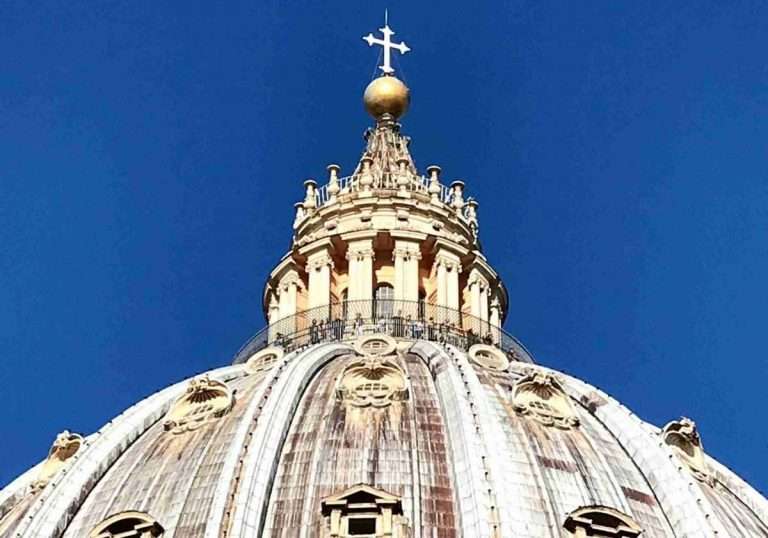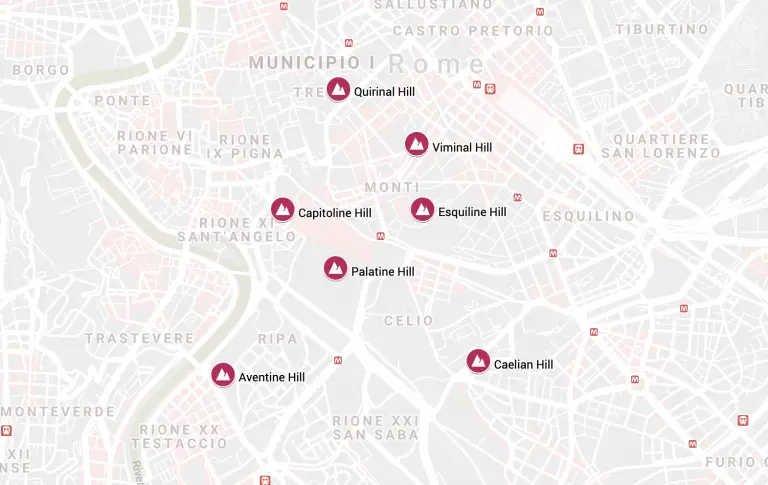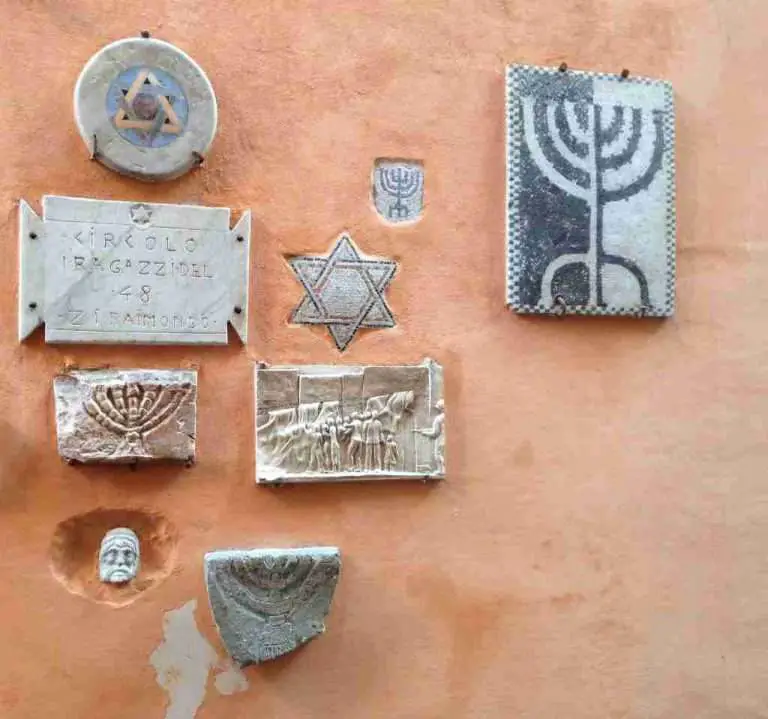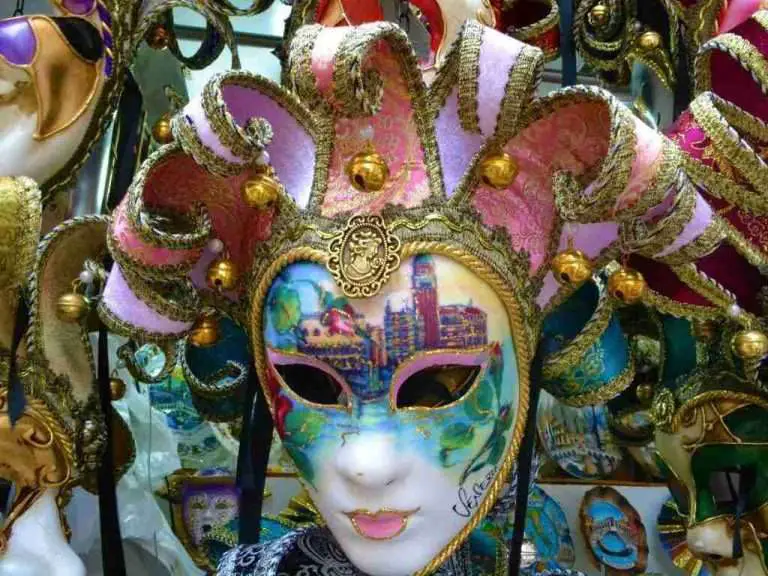
Following up on part 1 of 20 Things To Love About Italy: Abruzzo to Lombardy is the second part of the list. Hopefully, these two posts will inspire you to learn more about all of Italy’s 20 regions.
11. Molise

Italy’s second smallest region of Molise, little known outside of the country and blissfully free of the tourist throngs, is known more for its mountain landscapes. That is why Termoli is a nice surprise. The city butts up against the Adriatic and has more than two dozen stabilimenti (beach clubs).
12. Piemonte

Torino’s iconic La Mole Antonelliana–perhaps you remember it as the symbol of the 2006 Winter Olympic Games–may be one of the younger structures in the region, but it certainly has a cool history. Originally built to be a synagogue, the Mole now houses Italy’s National Cinema Museum. Besides a collection of thousands of movie posters and exhibits about early cinema in Italy, the museum presents a huge roster of films each month. This is great if your Italian is up to snuff.
13. Puglia

If you’ve spent any time tooling around the shops near the Vatican, you’ve most certainly seen images of Padre Pio. The white-bearded Capuchin monk (originally from Pietrelcina in Campania) led a congregation at San Giovanni Rotondo, near Foggia, Puglia, and was canonized in 2002. Unofficially, Padre Pio is Italy’s modern patron saint. What’s really random is that he’s now the patron saint of the New Year’s Blues.
14. Sardinia

Long known as a playground for the jet set, Sardinia is more than just beaches. Because of the island’s geography of rocky promontories spilling into the sea there is a vast network of underwater caves, or grottoes, to explore. Chief among them is the Grotta di Nettuno, Neptune’s Grotto, which spans about 1 kilometer, includes impressive stalagmite and stalactite formations, and is a great cure for beachside boredom (it happens!). Take a boat tour of Neptune’s Cave or, if you’re feeling more active, approach the grotto from the 656-step staircase that leads from Capo Caccia.
15. Sicily

Like the region of Campania, much of Sicily lives in the shadow (or under the legend) of a volcano: Mt. Etna. Taormina, with its Greco-Roman theater, bougainvillea draped hillsides, medieval town, and views of Etna, epitomizes the beauty, history, and geology of Sicily. We’re also fond of Taormina’s cultural attractions, including Taormina Arte and Taormina Filmfest.
16. Trentino Alto Adige

Europe’s oldest mummy was found in 1991 in the ice-packed mountains above Trentino Alto Adige, the alpine region that borders Austria’s Südtirol. After years of research, the 5,000-year-old Ötzi the Iceman was placed on display at the South Tyrol Museum of Archaeology in Bolzano in 1998. Also on exhibit are the Iceman’s tools and clothing, and information about the preservation measures being taken to keep Ötzi in peak condition for many millennia to come.
17. Tuscany

It’s too hard to single out just one thing to love in Tuscany, much less a favorite thing in Florence. But the Botticielli Gallery at the Uffizi has to be one of the most special rooms on earth. Upon seeing Botticelli’s Birth of Venus and Primavera in the flesh, we are transfixed, barely even noticing the dozens of other museum-goers trying to elbow us out of the way. For more information about the Uffizi, including how to get tickets, visit the museum’s official website.
18. Umbria

One of our favorite day trips from Rome has to be to Umbria, particularly to the city of Orvieto. Situated atop a huge mountain of tufa, Orvieto shines because of its gorgeous, Gothic Duomo, its ancient Etuscan caves and wells, and the superb Orvieto Classico white wine. Actually…forget the day trip. Why not stay overnight?
19. Valle d’Aosta

How can you not appreciate the Fiera Sant’Orso, Aosta’s traditional craft fair which has been going strong for more than 1,000 years?! The fair usually takes place in the Valle d’Aosta capital at the end of January and is known for its wooden handicrafts, artisanal metalworks, ceramics, and sculptures. No doubt, there aren’t many events that can boast a 1,000 year history – not even in Italy.
20. Veneto

Leave it to us astrological Leos to love the symbol of the city of Venice: the lion of St. Mark. From atop a column in St. Mark’s Square to the large sculptures near the Arsenale to Madonna’s Like a Virgin video, the lion has been an effective marketing tool for Venice for hundreds of years. You can learn more about the symbol and the city in Garry Wills’ excellent Venice: Lion City, one of the most gratifying biographies about a city that you will ever read.
Last updated on January 5th, 2021Post first published on February 16, 2008






